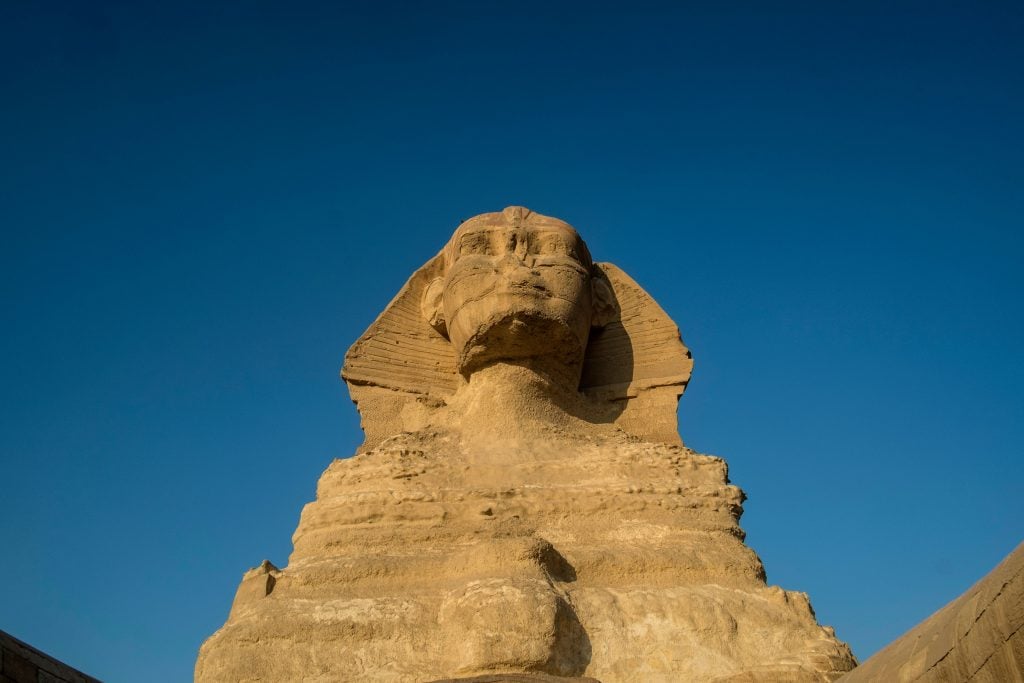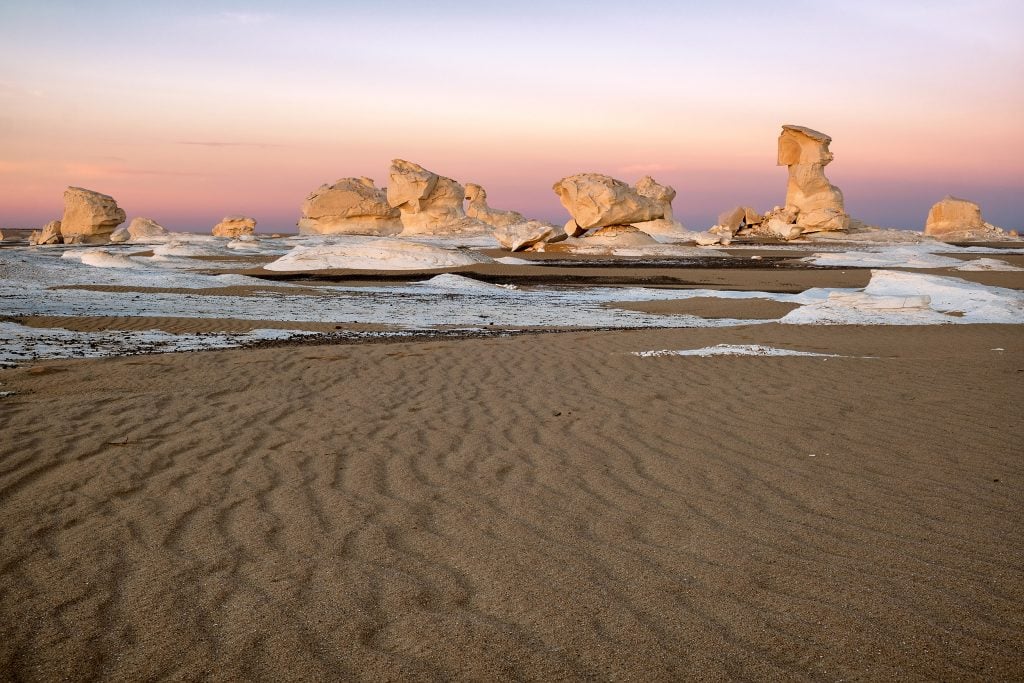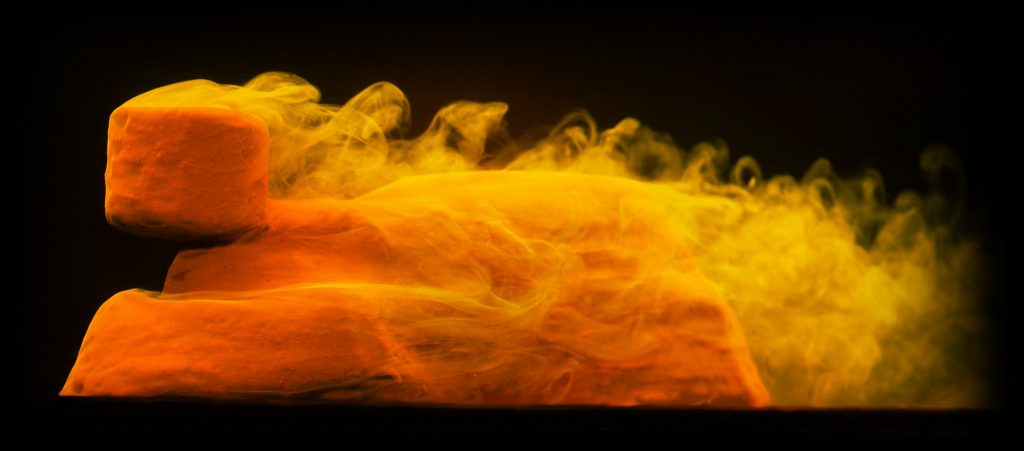Archaeology & History
Did Nature Help Shape the Great Sphinx of Giza? New Research Suggests So
Scientists found that wind erosion may have a hand in forming the ancient monument.

Scientists found that wind erosion may have a hand in forming the ancient monument.

Artnet News

The oldest-known monument in Egypt, the Great Sphinx of Giza stands as a feat of engineering and craftsmanship—the massive structure having been carved out of a single limestone ridge at a height of 66 feet. But a new study has found that the ancient Egyptians might have had some help from the region’s natural forces more than 4,500 years ago.
In experiments, scientists at New York University’s Applied Mathematics Laboratory replicated the environmental conditions of northeastern Egypt circa 2,500 B.C.E., during the construction of the Sphinx. Their aim? To find out how high-speed winds blowing against natural rock formations could have shaped the monolith.
In particular, the team recreated yardangs—ridged landforms resulting from wind or dust abrasions, and commonly found in arid landscapes—which they believe served as a base from which the Sphinx was sculpted.

Yardangs, or landforms shaped by wind erosion, in Egypt’s White Desert. Photo: Shutterstock.
Researchers mimicked these formations by embedding mounds of soft clay with harder, less erodible material. When “washed” with a fast-flowing stream of water to replicate wind movements, the mounds were reshaped to look like the Sphinx. The more resistant material was eroded to form the head of the statue, which acted as a “wind shadow” that shielded the body, according to a presentation by the team. Other features such as the monument’s back, neck, and paws were formed in the wind’s “turbulent wake.”
“Our laboratory experiments showed that surprisingly Sphinx-like shapes can come from materials being eroded by fast flows,” said Leif Ristroph, an associate professor at New York University’s Courant Institute of Mathematical Sciences, in a statement.
He added: “The work may also be useful to geologists as it reveals factors that affect rock formations—namely, that they are not homogeneous or uniform in composition. The unexpected shapes come from how the flows are diverted around the harder or less-erodible parts.”

The lab Sphinx the researchers created using soft clay. Dye was used to visualize the erosion on the model. Photo courtesy of NYU’s Applied Mathematics Laboratory.
According to the forthcoming study, which has been accepted by the journal Physical Review Fluids, while the general form of the sculpture might have been formed naturally, the finer details of the Sphinx, such as its face, were possibly hard-carved.
These findings support a theory first posited by geologist Farouk El-Baz in 1981 that the Great Sphinx could have been carved out of a naturally protruding yardang. In 2001, El-Baz furthered that research in a paper that argued that the emergence of Egyptian civilization five millennia ago coincided with a dramatic change in climate in eastern Sahara—a drought that gave rise to “imposing natural landforms,” including yardangs.
“Our work proposes a simple picture for how [yardangs] might form, and we were able to test and confirm the hypothesis in lab experiments,” Ristroph told Architectural Digest. “I find this thrilling, that we can bring such questions into the lab where we can ‘replay’ over hours what takes eons to happen in nature. And that these experiments can perhaps give a little insight about such a cultural icon as the Sphinx is a beautiful bonus.”